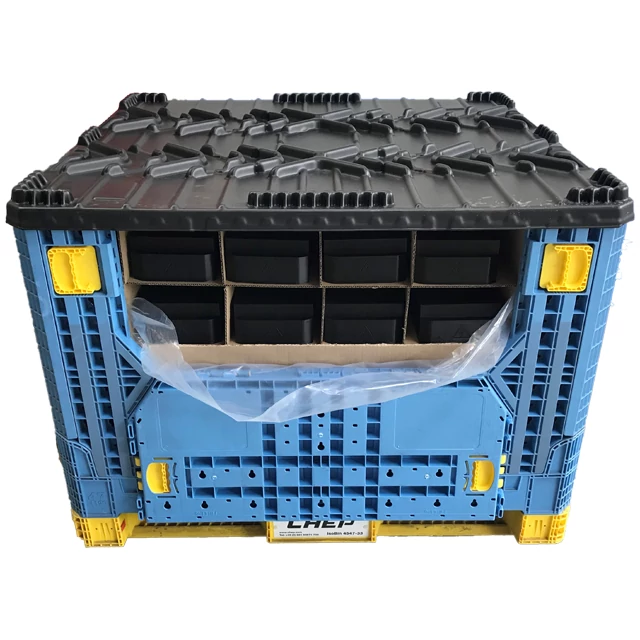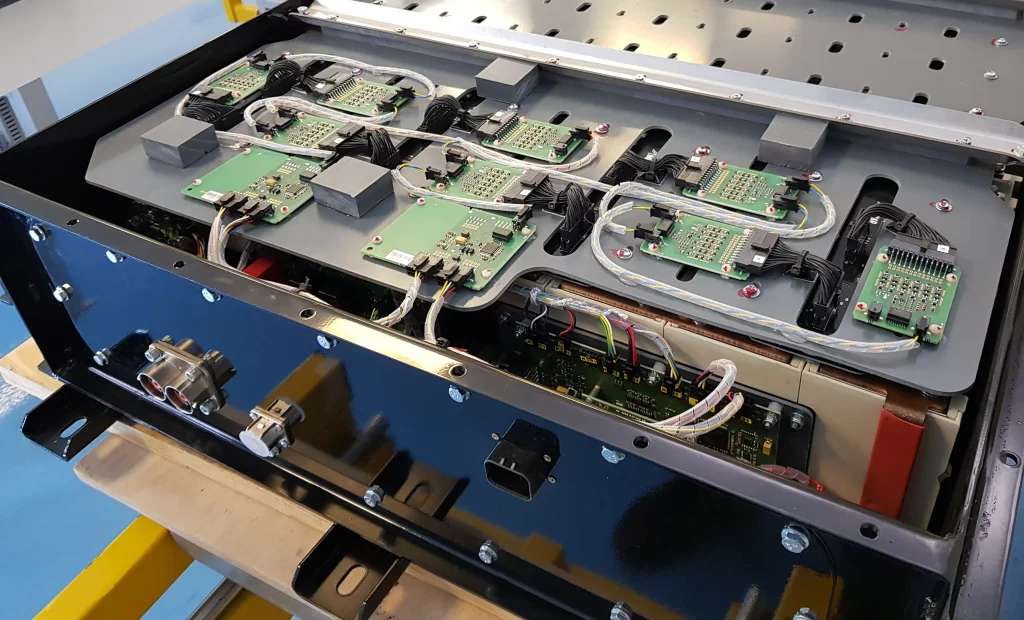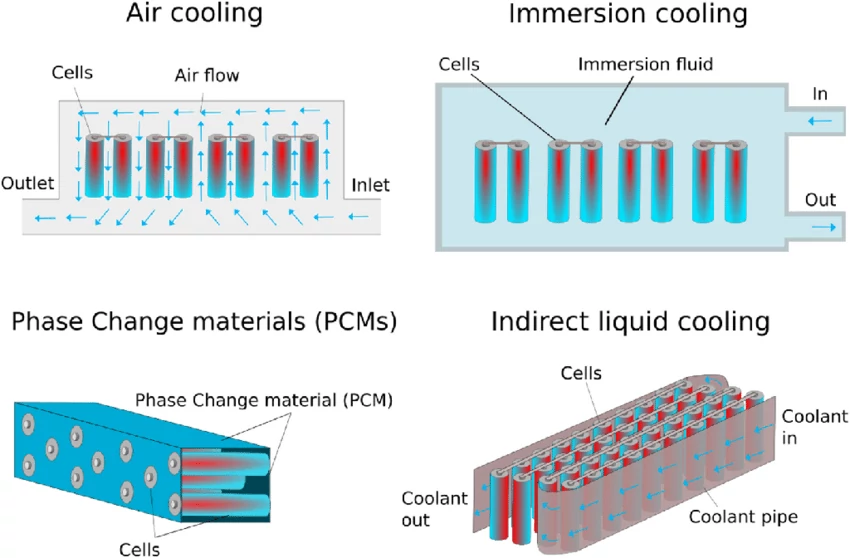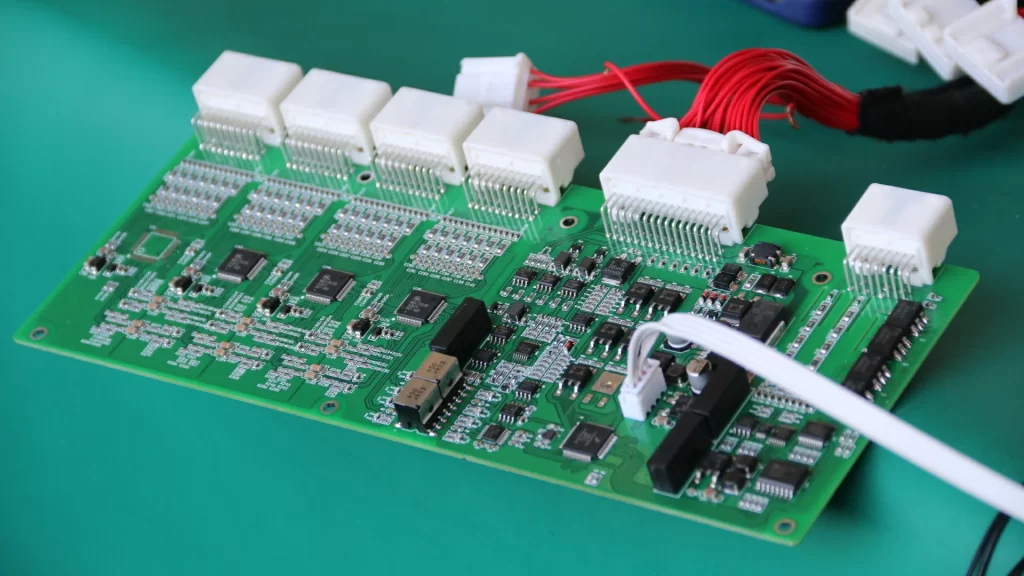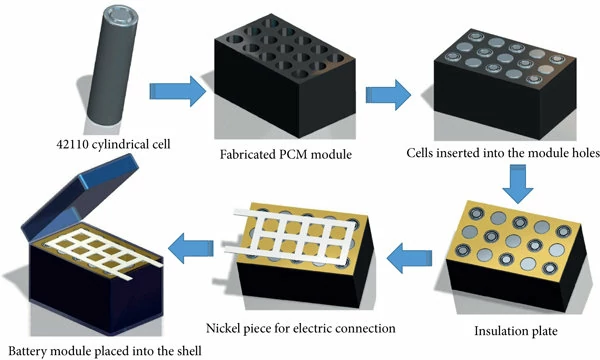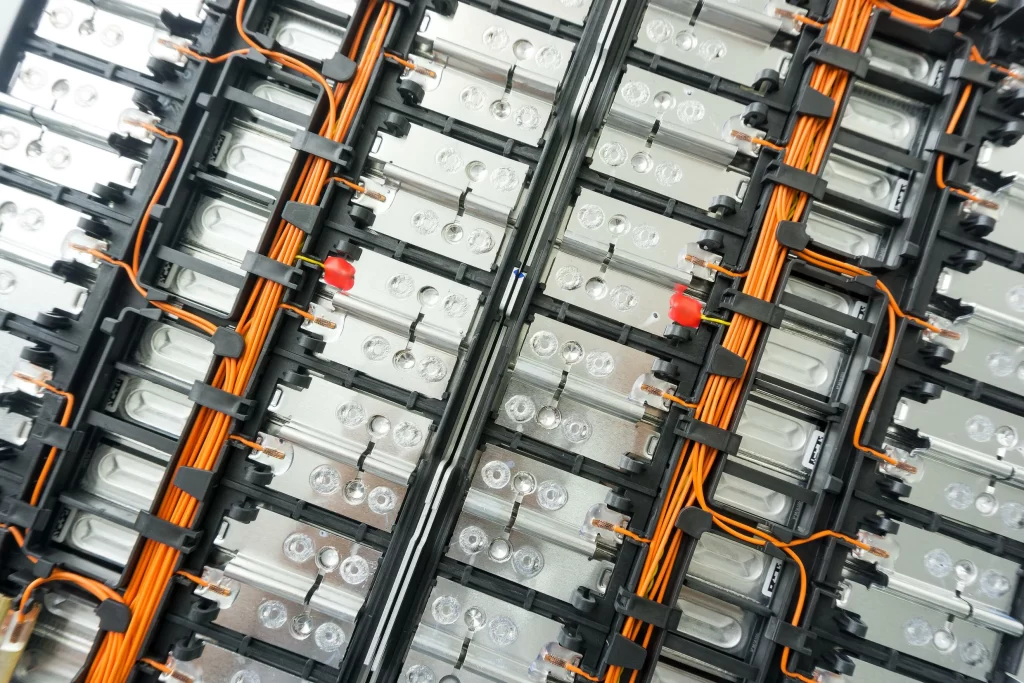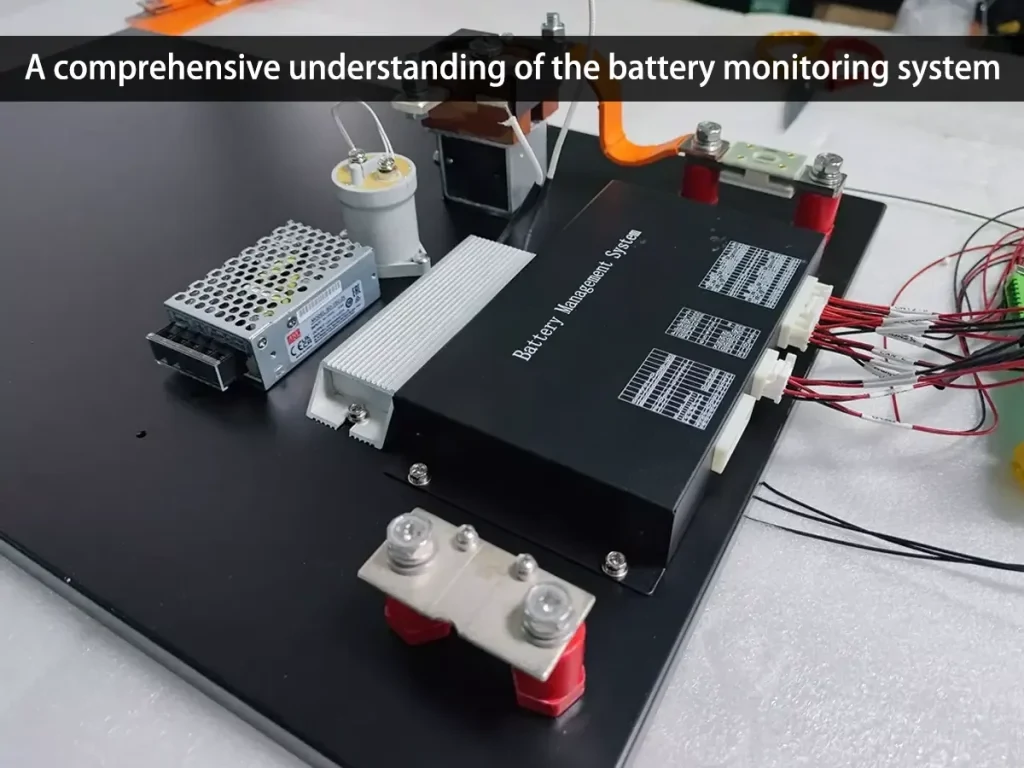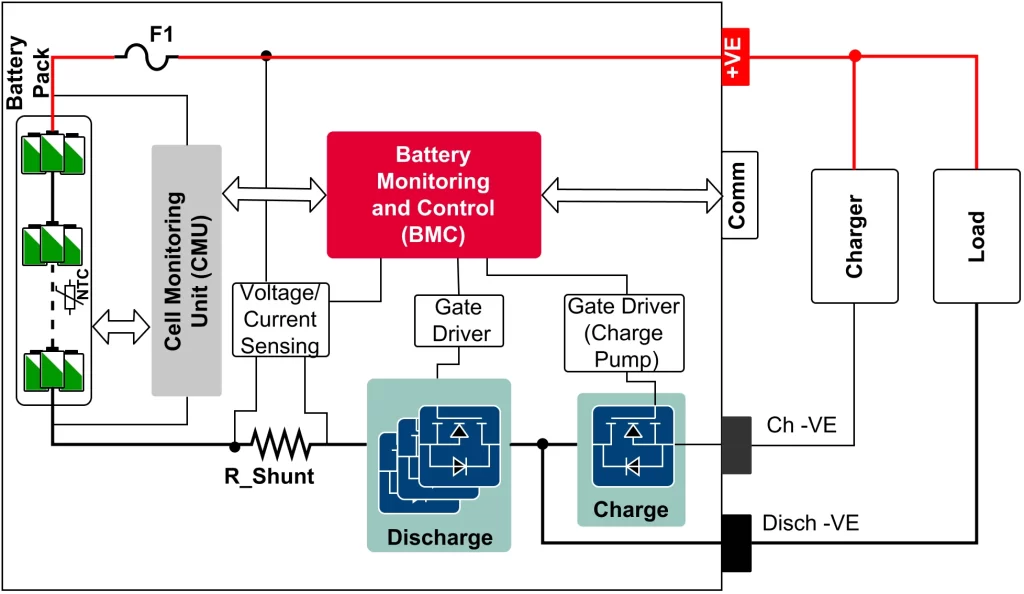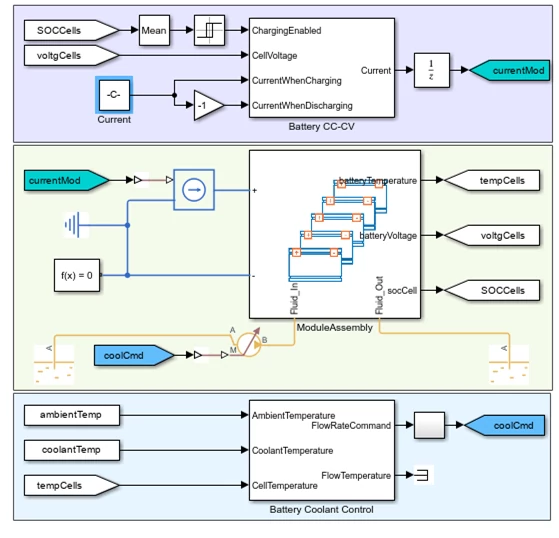Battery pack housing and packaging system The battery pack housing and packaging system is a crucial part of the battery pack design, the main role is to protect the battery cell and its internal components from the external environment, to ensure the safety, durability and long-term stable operation of the battery pack. The housing and packaging system not only provides…
